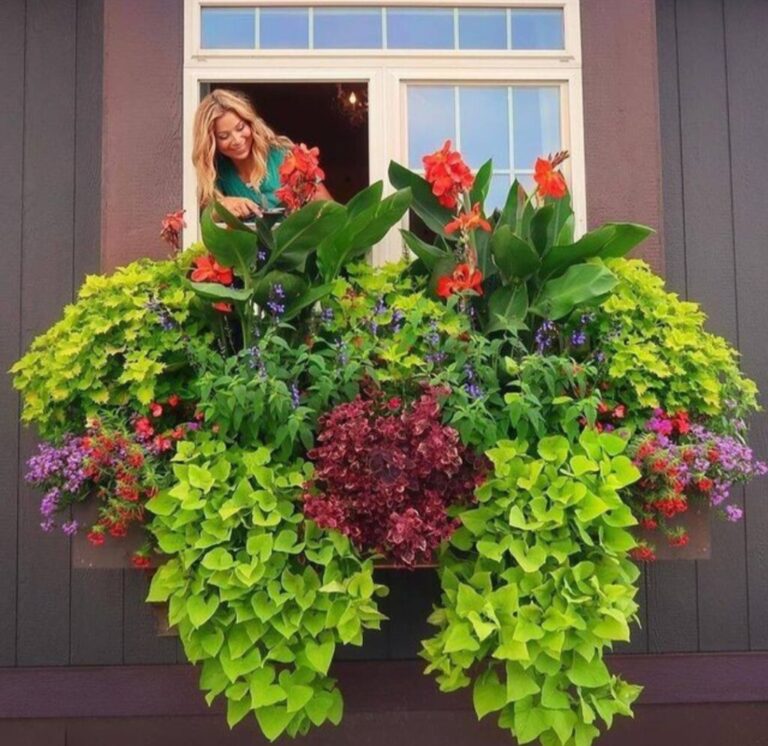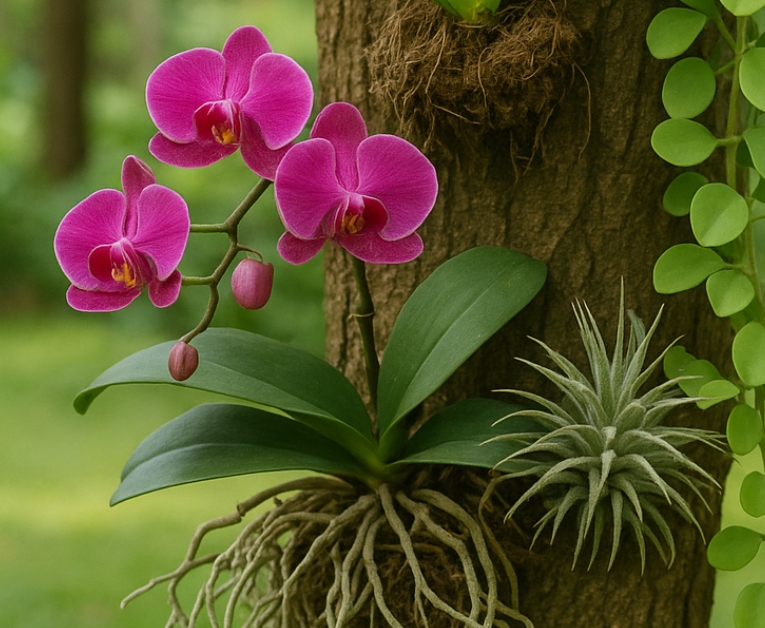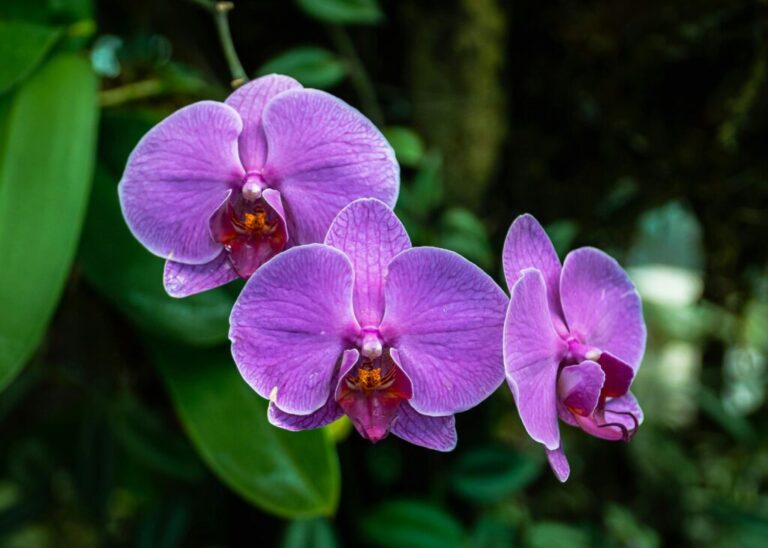Welcome to the wonderful world of gardening! Whether you’re an office worker looking to brighten up your workspace, or simply a plant enthusiast eager to cultivate a green thumb, “The Office Gardener: A Beginner’s Guide to Plant Care” is the perfect starting point. This comprehensive guide is designed to help beginners navigate the often-overwhelming world of plant care, with practical tips, step-by-step instructions, and expert advice.
With the help of this guide, you’ll learn how to choose the right plants for your space, how to care for them properly, and how to create a thriving indoor garden that will enhance your well-being and productivity. So, roll up your sleeves, grab your watering can, and let’s get started on your journey to becoming an office gardener extraordinaire!
Gardening is a great hobby that offers numerous benefits, including reducing stress, increasing creativity, and improving air quality. If you’re a beginner, the idea of starting your own garden might seem overwhelming, especially if you don’t have a green thumb. However, with “The Office Gardener: A Beginner’s Guide to Plant Care”, you can learn how to create an indoor garden that will thrive in your workspace.

Caring for Desk Plants
Caring for desk plants is a simple yet rewarding task that can bring life and beauty to your workspace. To keep your desk plants healthy and thriving, it’s essential to provide them with the right amount of water, light, and nutrients. Be sure to choose plants that are suited to the lighting conditions in your office and consider using a moisture metre to monitor soil moisture levels. Regularly dusting the leaves and pruning any dead or damaged foliage can also help keep your plants looking their best. By taking the time to care for your desk plants, you’ll not only improve the air quality and aesthetics of your workspace but also boost your own well-being and productivity.

Plants
The first step in creating an indoor garden is choosing the right plants. When selecting plants for your office, consider factors such as lighting and humidity. Some plants, such as snake plants and ZZ plants, thrive in low-light conditions, making them perfect for offices with limited sunlight. Other plants, such as spider plants and peace lilies, prefer bright, indirect light and can add a pop of color to your workspace.
Watering
Once you’ve chosen your plants, it’s important to provide them with the right care. Proper watering is essential for healthy plants, but it can be easy to overwater or underwater them. To prevent this, make sure to check the soil regularly and only water when the top inch is dry. You should also consider investing in a plant mister to keep the humidity level in your office high, which can help prevent the leaves from drying out.
Fertilizer
. You can use a liquid fertilizer once a month to help your plants grow and thrive. It’s also essential to keep an eye out for pests, such as spider mites and mealybugs, which can damage your plants. If you notice any signs of infestation, you can use a natural insecticide or take your plant outside for a deep cleaning
containers
In addition to choosing the right plants and providing proper care, it’s important to make sure your indoor garden is set up for success. This includes selecting the right containers for your plants, ensuring proper drainage, and choosing the right potting soil.
When selecting containers for your plants, consider the size of the plant and its growth rate. You want to make sure the container is large enough to accommodate the plant’s roots and allow for growth. Additionally, make sure the container has drainage holes to prevent overwatering.
Proper drainage is essential for healthy plants. If your container doesn’t have drainage holes, you can add a layer of rocks at the bottom to help water drain away from the roots. Additionally, make sure to water your plants until water runs out of the drainage holes and then empty the saucer underneath to prevent the roots from sitting in water.
potting soil
Choosing the right potting soil is also important. A good quality potting mix will provide your plants with the nutrients they need to thrive. Look for a mix that contains a combination of peat moss, vermiculite, and perlite, which will provide adequate drainage and aeration for your plants.
placement
Finally, consider the placement of your plants within your workspace. Plants can help improve air quality and reduce stress, so consider placing them in areas where you spend the most time. You can also use plants to create a natural divider between workstations or to add a pop of color to your workspace.
benefits improve air quality
One of the benefits of creating an indoor garden in your office is that it can help improve air quality. Plants absorb carbon dioxide and release oxygen, which can help improve the air you breathe. In addition, plants can also help remove pollutants from the air, such as benzene and formaldehyde, which are commonly found in office buildings.
reduce stress and increase productivity.
Another benefit of having plants in your workspace is that they can help reduce stress and increase productivity. Studies have shown that being in the presence of plants can help reduce anxiety and promote feelings of well-being. Additionally, plants can help increase focus and productivity, making them a great addition to any workspace.
lighting
Proper lighting is essential for the growth and health of office plants. Insufficient light can cause plants to become weak and spindly, while too much light can scorch the leaves and damage the plant. When selecting lighting for office plants, consider the specific needs of each species. LED grow lights are an excellent option as they provide a full spectrum of light and can be customized to meet the specific needs of each plant. It’s also important to ensure that the lighting is positioned at the correct distance from the plants to prevent any damage.
FAQ
How do you take care of an office plant?
Make sure the plant has access to adequate sunlight or artificial light.
Keep the plant away from cold drafts or excessively hot temperatures.
Check the soil for dryness before watering and avoid waterlogging the plant.
Clean the leaves of your plant regularly to prevent dust buildup
How do I arrange my indoor plants in office?
Consider the lighting in your office and choose plants that are suitable for low light or bright light environments.
Think about the size of the plants and the space available in your office.
Place plants in areas that will enhance the aesthetic of the space, such as near windows or on shelves.
Group plants together to create a visually appealing display.
Choose planters that match the decor of your office for a cohesive look







